28
Dental implants and peri-implantology
Figure 28.1 Factors to consider prior to implants.
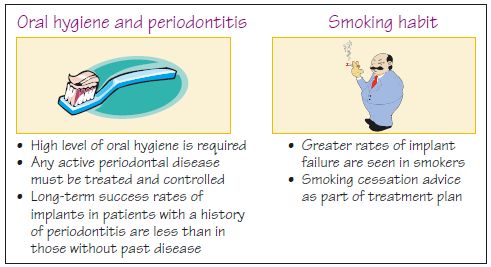
Figure 28.2 Implant with coronal restoration.
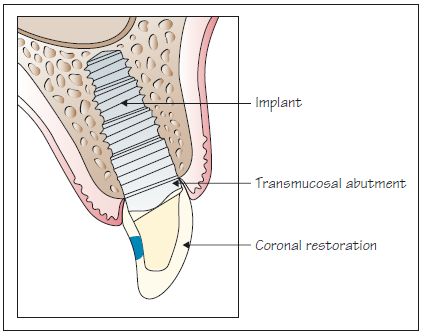
Figure 28.3 Implant replacing an upper left lateral incisor.(a) Implant at UL2 with impression coping in situ.(b) Final restoration of UL2.(c) Radiograph showing the healthy implant with final restoration at 1 year post placement.Courtesy of Mr P. J. Nixon.

Figure 28.4 Clinical considerations for implant therapy.
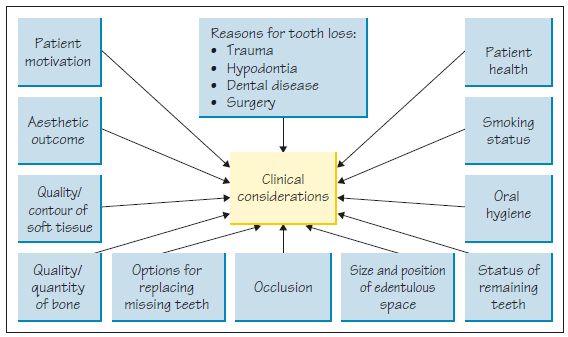
Figure 28.5 Factors inachieving implant success.
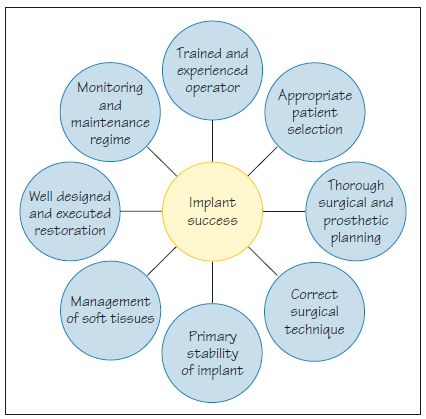
Figure 28.6 Implant and peri-implant tissues.
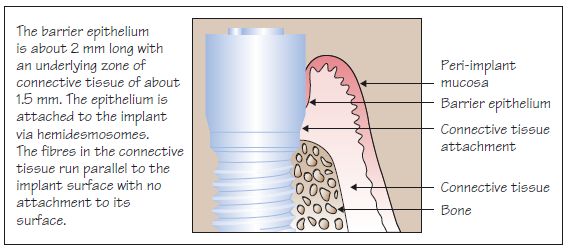
Figure 28.7 Radiograph of a failing implant.
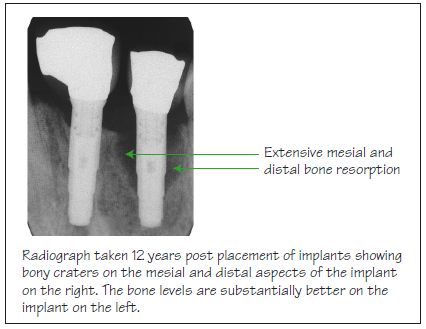
Dental implants give the clinician and patient a further option for restoring edentulous spaces. Implants may be used to replace teeth that have been lost because of periodontal disease. To improve the outcome of the procedure there are a number of things that should be addressed prior to the implant (Fig. 28.1). Final restoration of implants may be with single crowns (Figs 28.2, 28.3), bridges or overdentures. Implants are retained by osseointegration, the name given to the tight connection that develops as bone forms in close approximation to the implant surface.
The key parts of the implant-retained restoration are:
Stay updated, free dental videos. Join our Telegram channel

VIDEdental - Online dental courses


